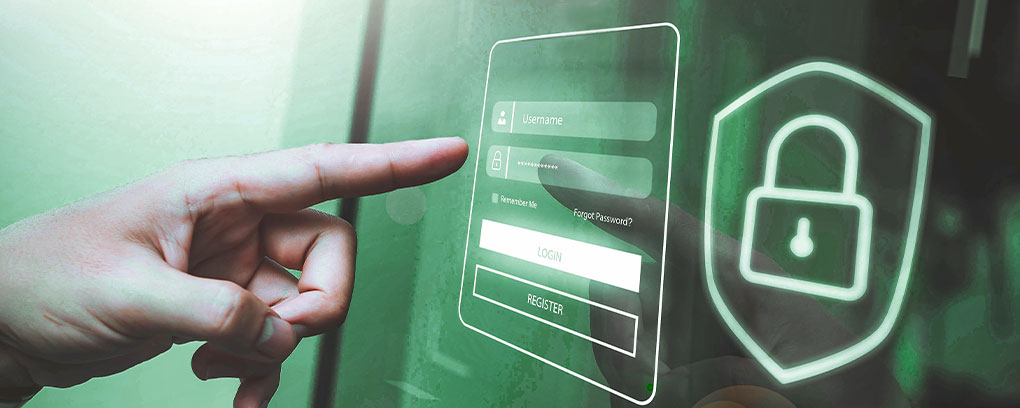It takes years to build a reputation, but only a few minutes of a cyber incident to ruin it.
Ensuring data compliance is not just a legal obligation—it’s a crucial aspect of maintaining trust with both customers and stakeholders. Below, we'll delve into what data compliance entails, why it matters, the regulations governing it, and—most importantly—who bears the responsibility for upholding data protection compliance within organizations.
What Is Data Compliance?
Today, businesses have access to more client data than ever before—and the cost of that data becoming compromised carries safety, financial, and reputational risk. Data compliance refers to the adherence of a business to the laws, regulations, and standards that dictate how organizations collect, store, process, and share data. It encompasses various aspects such as data privacy, consent, security, and transparency.
Why Data Compliance Matters
Simply put, a company’s data compliance can be seen as a measure of both their integrity and their technological aptitude. Data compliance practices help protect individuals' privacy rights and prevents unauthorized access to sensitive information. The benefits of this are twofold, creating loyal customers who then, in turn, help a business gain a stronger reputation. A company being behind on data compliance can usually tell customers their data would be safer elsewhere—and might indicate said company is behind on technology.
On top of improved customer relations, non-compliance can also lead to severe consequences for a business, including hefty fines, legal penalties, and reputational damage.
How Regulations Impact Data Compliance
Several regulations govern data compliance, each with its own set of requirements and implications. Here are some of the most prominent ones:
General Data Protection Regulation (GDPR)
GDPR, applicable to organizations operating within the EU or handling EU residents' data, mandates stringent requirements for data protection, including consent, data breach notifications, and the appointment of Data Protection Officers (DPOs).
California Consumer Privacy Act (CCPA)
CCPA grants California residents greater control over their personal information and imposes obligations on businesses regarding transparency, data access, and opt-out rights.
HIPAA
Health Insurance Portability and Accountability Act, or HIPAA, regulates the handling of protected health information (PHI) and requires healthcare entities to implement safeguards to protect patient data confidentiality and integrity..
Payment Card Industry Data Security Standard (PCI DSS)
PCI DSS sets standards for securing payment card transactions, aiming to prevent credit card fraud and ensure the safe handling of cardholder data.
The Sarbanes-Oxley Act (SOX)
SOX primarily focuses on financial reporting and requires organizations to establish internal controls to ensure the accuracy and integrity of financial data.
FedRAMP
FedRAMP provides a standardized approach to security assessment, authorization, and continuous monitoring for cloud products and services used by federal agencies.
What Is Data Security Compliance?
While data compliance focuses on adhering to regulatory requirements, data security compliance specifically pertains to implementing measures to safeguard data from unauthorized access, breaches, or cyber threats.
Who Is Responsible for Data Protection Compliance?
Ensuring data protection compliance is a shared responsibility within an organization. Although once thought of as a problem exclusively beholden to IT, today, there’s a shift in accountability as responsibility is spread throughout the organization. Key stakeholders include:
Data Protection Officer (DPO)
The DPO is responsible for overseeing data protection strategy, ensuring compliance with regulations, and acting as a point of contact for data protection authorities.
IT Director
The IT Director plays a crucial role in implementing technical controls, managing security protocols, and ensuring the integrity and availability of data systems.
Senior Management
Cybersecurity is everyone’s responsibility—and it starts at the top. Senior management is accountable for setting the tone at the top, allocating resources for compliance efforts, and integrating data protection into the organization's overall strategy.
All Employees
Although there are positions put in place that focus on data security, every employee has a role in data protection compliance. In fact, human error has been repeatedly found as one of the number one causes of a data breach. But by following security protocols, handling data responsibly, and reporting any security incidents or breaches promptly, employees can keep their organizations safe.
Data Security & Protection Best Practices
Security isn’t something you buy—it’s something you do, and it takes talented people to do it right. To enhance data compliance efforts, organizations should:
- Conduct regular risk assessments to identify vulnerabilities and prioritize mitigation strategies.
- Implement robust access controls and encryption mechanisms to protect sensitive data.
- Provide ongoing employee training and awareness programs to promote a culture of security.
- Establish incident response plans to effectively respond to and mitigate data breaches.
- Continuously monitor and audit systems to detect and address security gaps promptly.
Security & Protection Compliance with Xamin
Xamin offers comprehensive solutions to help organizations achieve and maintain data protection compliance. From risk assessments and security audits to customized training programs and ongoing support, Xamin partners with businesses to safeguard their data assets effectively.
Ready to bolster your data protection efforts? Contact Xamin today to learn how we can assist you in achieving compliance and securing your valuable data.


